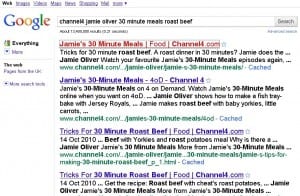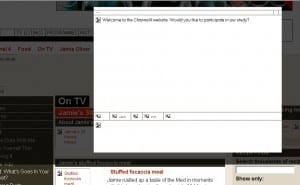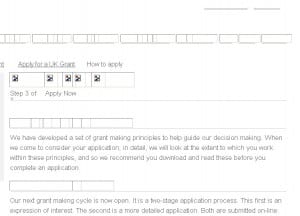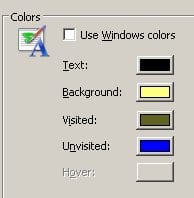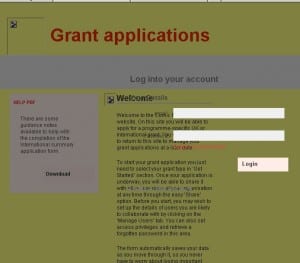Government is promoting cultural change. They’re calling it social action. Otherwise known as giving. They have ‘new technologies at their disposal’ and ‘insights from behavioural science’ with potential to show how ‘obstacles to giving can be overcome’ and ‘tap into our motivation to give’ (p7). Giving is government’s green paper designed to make givers of us all.
Government recognises it can’t compel people to social action – no, it has to be built from the bottom up (p7) a reference it’s hard to take seriously. Social action is what local organisations and communities do already –have always done – and will continue to do regardless of the latest government smokescreen for cuts – known colloquially as the Big Society.
Back to the giving report. Don’t worry if giving isn’t your thing. Government recognises that some groups ‘face different barriers to participation’ for example barriers ‘associated with health or disability’ or ‘a lack of time due to caring responsibilities’ (p10). If you identify with these barriers, please don’t think you’re being excluded from any extra-curricular ‘social actions’ on top of your day to day struggles. Government will ensure ‘opportunities to give that are accessible for all’ and what’s more they’re ‘excited by the potential for this created by new [Internet] technologies’ (p10)
Don’t have the Internet? It’s not a problem. But don’t get too excited. Government won’t provide it, you’ll stay digitally excluded. They’re just going to use more ‘traditional methods of providing information’ (p11) about opportunities to give. And don’t go worrying about any lack of ‘organized social action’ in your neighbourhood. Government will ensure those living in less active communities receive the support they need to ‘galvanise’ that social action into happening.
Not yet convinced that giving is for all and all are for giving?
Government has saved the best till last. They tell us (and you can feel the smugness seeping off the page) ‘Spending money on others, including charities, makes us happier than spending on ourselves; we get something back – the ‘warm glow’ that comes from giving.’(p15)
So you heard it here first. Get out there and get giving. Regardless of your personal situation, your health or your lack of facilities, giving will make you make feel good about yourself. Why? Because ‘evolution has endowed us with a social brain that predisposes us to reciprocate acts of kindness (p15).
We’ve also evolved to recognise bullshit when we see it…
